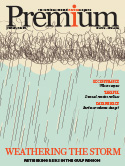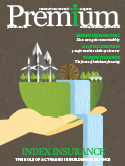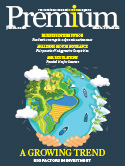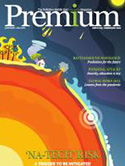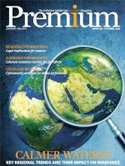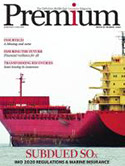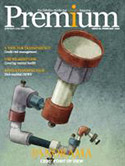Munich Re sees higher natural disaster losses in 2020
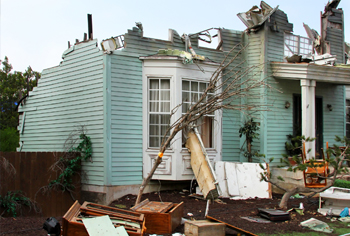
Global losses from natural disasters in 2020 came to USD210 billion, of which about USD82 billion was insured, according to a statement by Munich Re. Both overall losses and insured losses were significantly higher than in the previous year (2019: USD166 billion and USD57 billion respectively).
Munich Re has reported that the US share of losses was rather high, with natural disasters in the US accounting for USD95 billion of overall losses and USD67 billion of insured losses, while this year’s natural disasters claimed around 8,200 lives.
Overall, the uninsured portion of natural disaster losses in 2020 was around 60 percent. Once again, it was notable that only a small portion of losses was insured in the growing economies in Asia. The year’s costliest natural disaster was the severe flooding in China during the summer monsoon rains. Overall losses from the floods amounted to approximately USD17 billion, only around two percent of which was insured. Insurance solutions either from the private sector or in the form of public-private partnerships could help to improve resilience, in other words the ability to return to normal life as quickly as possible.
Five years after the Paris Climate Agreement, 2020 continued the series of very warm years. The global mean temperature (January to November) in 2020 was around 1.2°C higher than pre-industrial levels (1880–1900) – just 0.01°C shy of 2016, the warmest year on record. The regions north of the Arctic Circle experienced a sharp rise in temperature more than twice as high as the average global increase. In parts of northern Siberia, there were extensive wildfires and temperatures of over 30°C.
Ernst Rauch, chief climate and geo scientist at Munich Re, commented as follows: “Even if the weather disasters for one year cannot be directly linked to climate change, and a longer period needs to be studied to assess their significance, these extreme values fit with the expected consequences of a decades-long warming trend for the atmosphere and oceans that is influencing risks. An increasing number of heat waves and droughts are fuelling wildfires, and severe tropical cyclones and thunderstorms are becoming more frequent. Research shows that events such as this year’s heat waves in northern Siberia are 600 times more likely to occur than previously.”
















